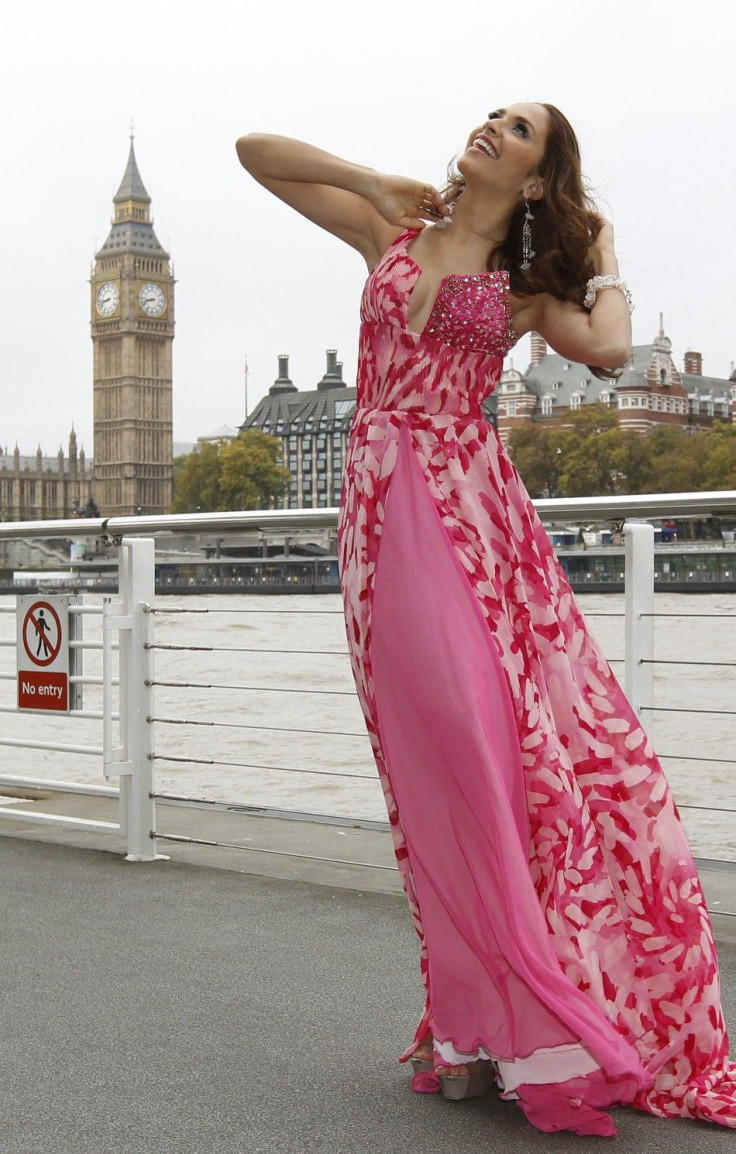Daylight Saving Time: Many People Set Clocks the Wrong Way

A new survey finds a surprising 11 percent of Americans incorrectly set their clocks not backward but forward at the end of daylight saving time, which will arrive Sunday at 2 a.m. local time this year.
Rasmussen Reports polled 1,000 Americans in the survey, according to the Daily Mail in London. Twenty-seven percent of those surveyed acknowledged being either late or early for appointments because they did not correctly account for changes in daylight saving time. Another five percent admitted they are unsure which direction to turn the hands of their time-keeping devices.
The change will become official Sunday at 2 a.m. local time. So it has to be remembered that when daylight saving time ends, clocks should be turned back one hour.
Is there a simple rule that can be followed without any chance of unnecessary confusion? Sure. Most of us learned it as schoolchildren: Spring forward, fall back.
Of course, there are a few places in the United States where this rule does not apply because Arizona (except some Native American reservations), Hawaii, American Samoa, Puerto Rico, and the U.S. Virgin Islands do not observe daylight saving time.
© Copyright IBTimes 2025. All rights reserved.





















